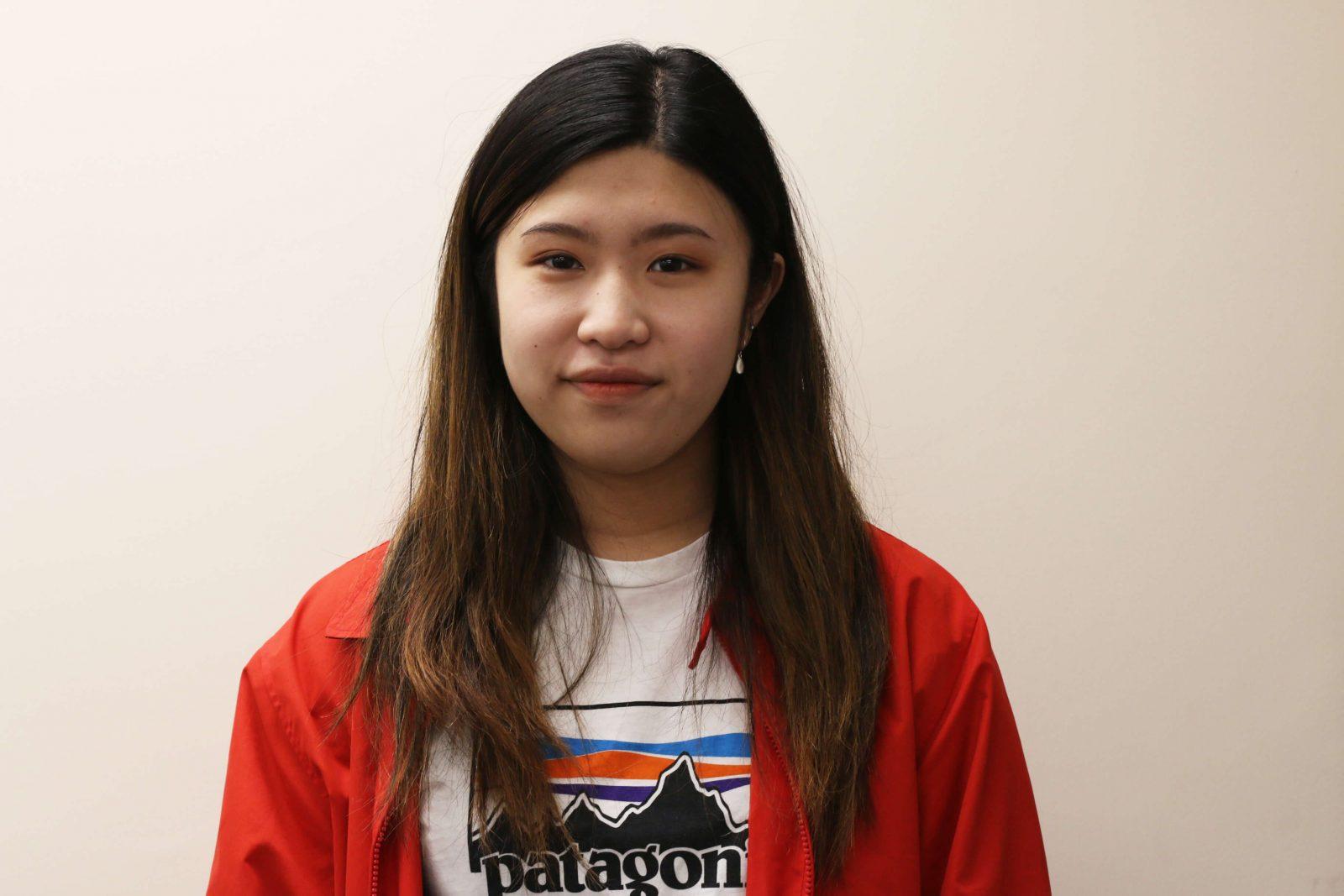In the early years of my education, my classmates came from a variety of demographic backgrounds. However, as my access to education and its plentiful resources increased in high school, the number of my black and Hispanic classmates rapidly dwindled.
I attended Stuyvesant High School, a specialized high school located in New York City. It is one of eight schools in the city that admits students based on their score on a single exam — the Specialized High Schools Admissions Test. Stuyvesant has the highest benchmark on this exam and, consequently, the lowest acceptance rate among these eight schools.
If a singular test score is used as the sole metric for intelligence, Stuyvesant should theoretically be admitting the smartest students in New York City. However, trying to explain something as complex and subjective as intelligence with a singular variable is absolutely ridiculous.
There are far too many influences, environmental and genetic, that must be factored in when “measuring” an individual’s intelligence.
This fatal flaw in the SHSAT’s design is revealing itself. There is an embarrassing lack of diversity in the hallways of these elite public schools. This year, Stuyvesant admitted seven black students and 33 Hispanic students — out of 895. When there are more than 2.5 million African Americans and approximately 2,509,205 Hispanics or Latinos in New York City, that statistic is atrocious.
Such imbalance in racial makeup allows for hatred and racism to fester, making it even more difficult for these already marginalized students to navigate their high school years.
Earlier this year, a video surfaced of two Poly Prep students in blackface grunting and making ape noises. During my own time there, students casually threw around the n-word and made snide comments about how some students were undeserving of their college acceptances.
But these black and Hispanic students are here in Stuyvesant’s hallways. The simple fact that they received or even surpassed that benchmark score on the SHSAT means they are just as capable as their Asian and white counterparts.
The bleak reality in these schools, in that case, can be attributed to an information asymmetry problem. In fact, unequal opportunity might be closer to the truth.
Many black and Hispanic students may not even know about the SHSAT, let alone about these specialized high schools. Venus Nnadi, a former classmate of mine, is now a freshman thriving at Harvard. Her hard work and persistence regardless of Stuyvesant’s toxic environment are what led her to her success.
However, she was one of the few students in her middle school who was made aware of these elite high schools. She said in a New York Times article she sincerely believes that some of her peers at the time would have been incredibly successful at Stuyvesant had they simply known about these schools.
And it is not the case that there is no demand for academic resources among these communities. Parents of Hispanic and black students are much more likely than their white counterparts to believe that a college degree is integral to future success.
If these are the circumstances before us, the question that remains is why the information asymmetry that Venus’ classmates experienced exists in the first place.
Perhaps it is that the pipeline into these schools that are broken. Certain areas of New York City, such as Fresh Meadows where I grew up, have public schools that are whiter, more affluent and, therefore, have more resources. That was the case for my middle school, but it is unlikely true for those who grew up in lower economic class neighborhoods.
And even if these typically underserved students have access to resources in the school, that may not be the case for outside of school. Some children are put through preparatory programs for the SHSAT and gain insight into how the exam works.
These same programs give wealthier children an unfair advantage because they are expensive and, therefore, not universally accessible. With Asian and white households having the highest median income in the United States, it is no mystery these schools are disproportionately Asian and white.
All students, regardless of their ethnicity, shouldn’t have to overcome economic inequity to receive a high-quality education. I am grateful for my time at Stuyvesant and everything it offered to me. A more diverse group of people deserve access to that experience, as well.






















































































































Izzy • Mar 26, 2019 at 11:50 am
“With Asian and white households having the highest median income in the United States, it is no mystery these schools are disproportionately Asian and white.” – Actually New York City specialized high schools don’t admit students from everywhere in the United States. They admit students living in New York City. And in New York City Asians have the highest levels of poverty. And over 40% of students at specialized high schools qualify for free or reduced lunch – a sign that their student population reflects income levels of NYC population. I believe that Stuyvesant should do better job teaching their students logic and expository essay writing.